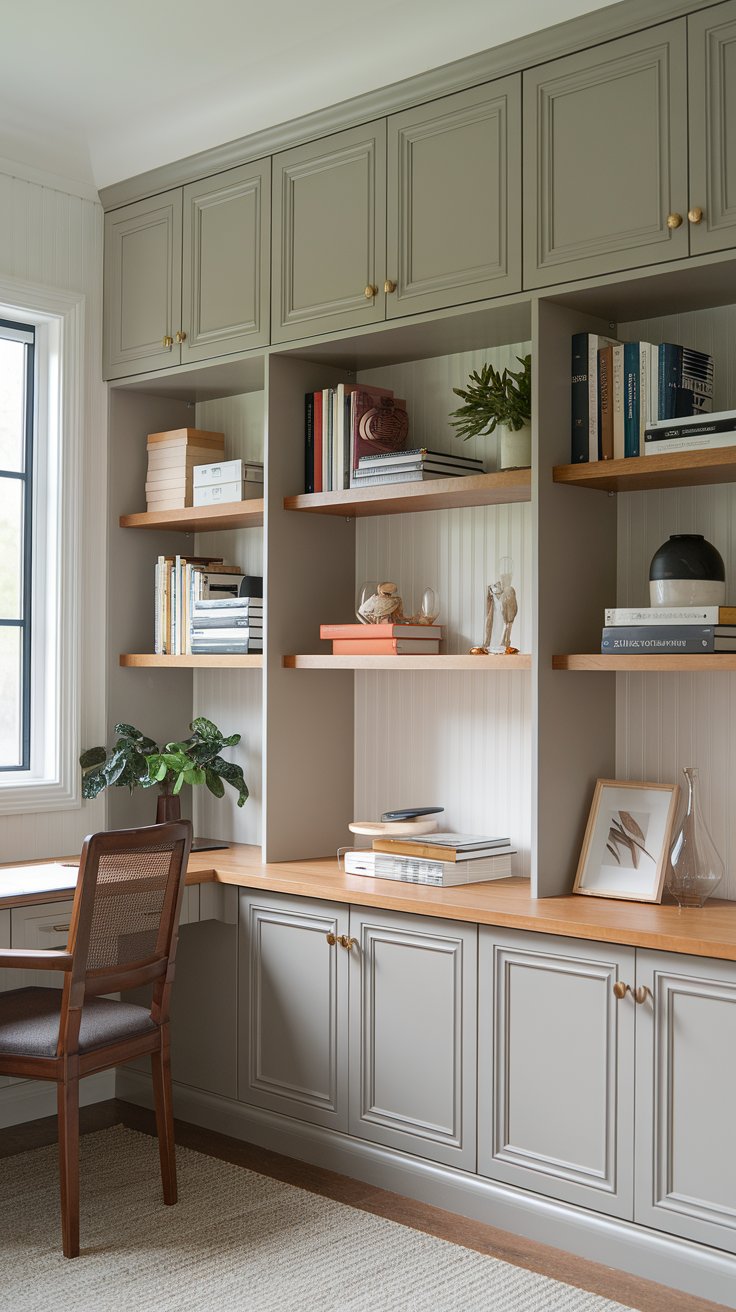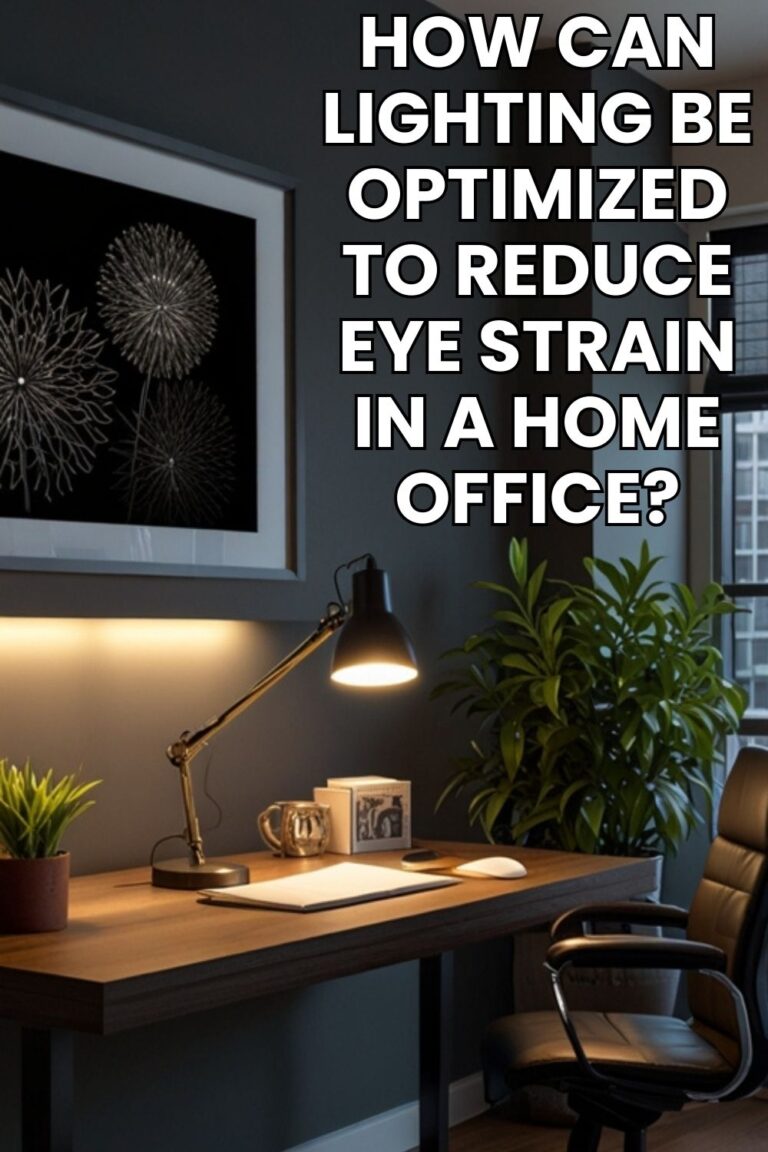Designing and installing built-ins for a home office can elevate both its aesthetics and functionality. However, the costs associated with this project can vary widely depending on factors like materials, customization level, and labor expenses. Setting a realistic budget is the key to ensuring a smooth process without financial surprises. This guide provides a detailed breakdown to help you determine how much you should allocate for your home office built-ins.
1. Understanding the Purpose of Your Built-Ins

Before setting a budget, identify the primary purpose of your built-ins. This will guide decisions on design complexity, material choices, and installation methods. Key considerations include:
- Storage Needs: Do you need ample shelving for books or closed cabinetry for office supplies?
- Workspace: Will it include a built-in desk or just organizational shelves?
- Aesthetics: Are you aiming for a simple design or a statement piece that complements your home décor?
Knowing your objectives helps align your budget with your expectations.
2. Factors Influencing Built-In Costs

Several elements affect the cost of designing and installing home office built-ins:
Material Choices
- Low-Cost Options: Materials like MDF (medium-density fiberboard) or plywood are budget-friendly, costing between $50–$150 per panel.
- Mid-Range Choices: Veneered wood or laminate materials are durable and stylish, priced at around $200–$500 per panel.
- Premium Materials: Solid wood options like oak, maple, or cherry offer luxury and durability but cost between $600–$1,200 per panel.
Customization
- Ready-Made: Prefabricated units from retailers like IKEA or Wayfair start at around $300–$1,000 for basic configurations.
- Semi-Custom: These offer some flexibility in sizing and finishes, with prices ranging from $1,000–$5,000.
- Fully Custom: Tailored designs by professional carpenters or designers can range from $5,000–$20,000+, depending on the complexity.
Labor Costs
- Hiring a professional carpenter costs between $50–$150 per hour. For complex projects, labor expenses may account for 30–50% of your total budget.
Additional Features
Incorporating specialized features can significantly increase costs:
- Lighting: Adding integrated LED lighting costs $200–$1,000, depending on the number of fixtures and controls.
- Power Outlets: Installing power outlets or USB charging ports costs $100–$300 per outlet.
- Custom Finishes: High-quality paints, stains, or hardware upgrades may add $500–$1,500.
3. Typical Budget Ranges for Built-Ins

Here’s a general guideline for different budget levels:
Entry-Level ($500–$1,500)
- Prefabricated units with basic customization options.
- Affordable materials like MDF or laminate.
- DIY installation to save on labor costs.
Mid-Range ($1,500–$5,000)
- Semi-custom designs with more material options.
- Professional installation for a polished finish.
- Added features like adjustable shelves or upgraded hardware.
High-End ($5,000–$20,000+)
- Fully customized designs tailored to your space.
- Premium materials and finishes.
- Advanced features like hidden compartments, integrated lighting, and built-in technology.
4. How to Maximize Your Budget

Plan Effectively
- Create a detailed design plan, specifying dimensions, materials, and features.
- Get multiple quotes from contractors or carpenters to compare prices.
Opt for Hybrid Solutions
- Combine prefabricated units with custom features to achieve a bespoke look at a lower cost.
- Use cost-effective materials for hidden areas and splurge on visible surfaces.
DIY Where Possible
- If you’re handy, assemble prefabricated units yourself to save on labor costs.
- Consider painting or finishing the built-ins on your own.
Shop Sales and Discounts
- Look for discounts on materials or pre-built units during seasonal sales.
- Purchase hardware, lighting, and accessories in bulk for cost savings.
5. Hidden Costs to Consider

Permits and Inspections
If your project involves electrical work, you may need permits, costing $50–$300, depending on local regulations.
Structural Modifications
Modifying walls or electrical systems can add $500–$2,000 to your expenses.
Maintenance
Choose durable finishes and easy-to-clean materials to minimize long-term upkeep costs.
6. Setting Your Budget

To set a realistic budget, follow these steps:
- Assess Your Finances: Determine how much you can comfortably spend.
- Prioritize Features: Identify must-haves versus nice-to-haves.
- Get Professional Input: Consult with a designer or contractor to refine your budget.
Conclusion
The cost of designing and installing home office built-ins depends on your vision, materials, and the level of customization. While entry-level solutions start as low as $500, high-end designs can exceed $20,000. By carefully assessing your needs and exploring cost-saving strategies, you can create a functional and beautiful workspace that aligns with your budget.
Take the time to plan and consider professional guidance to ensure your investment delivers lasting value.







